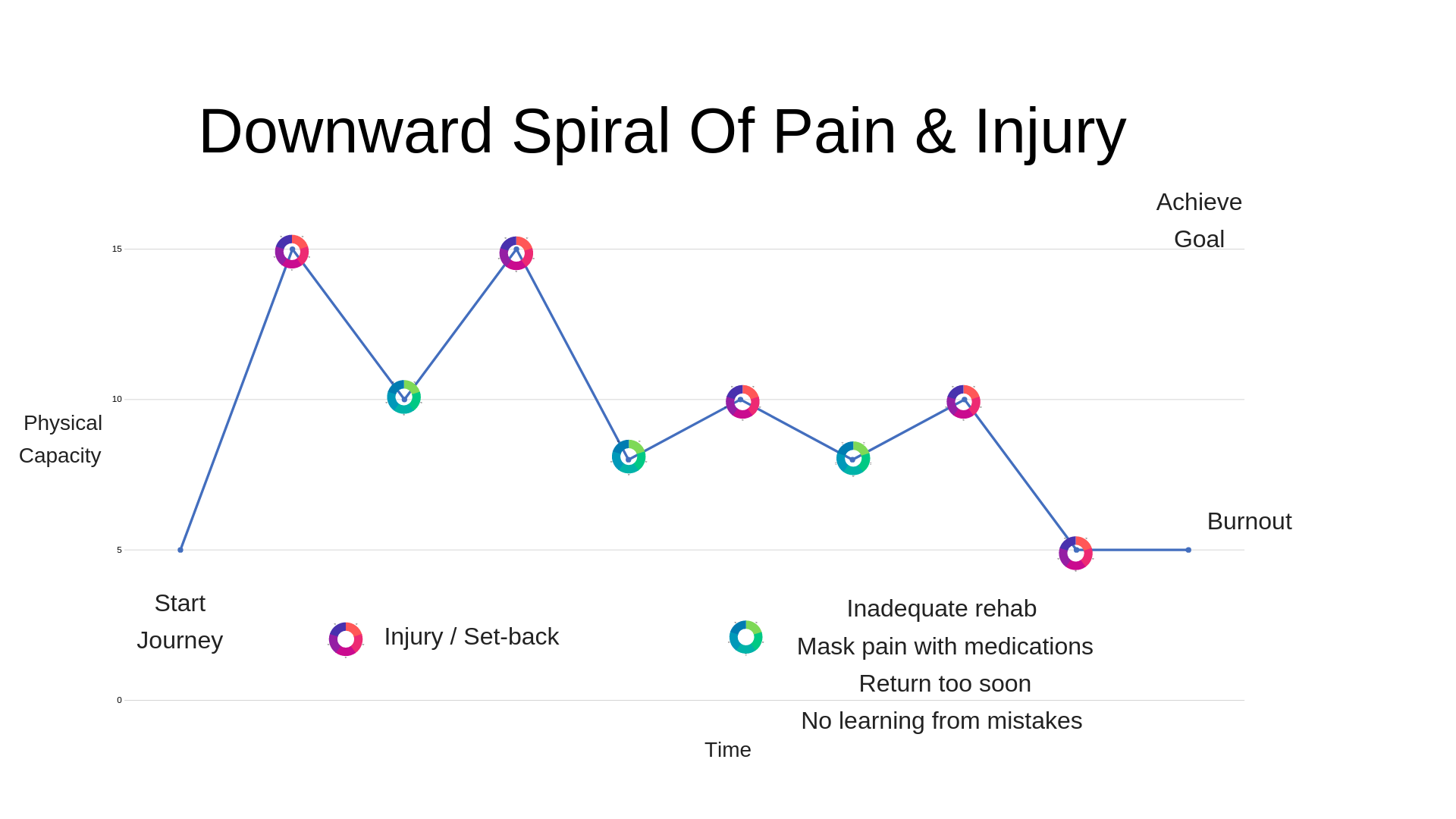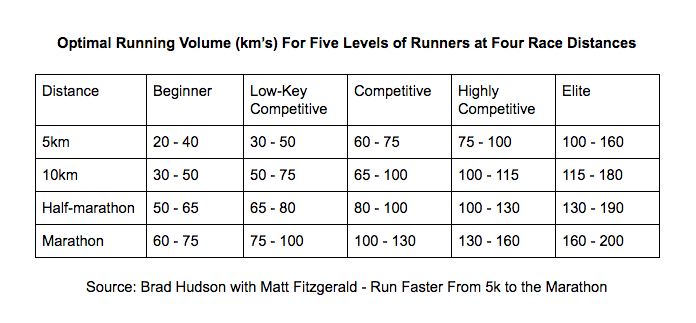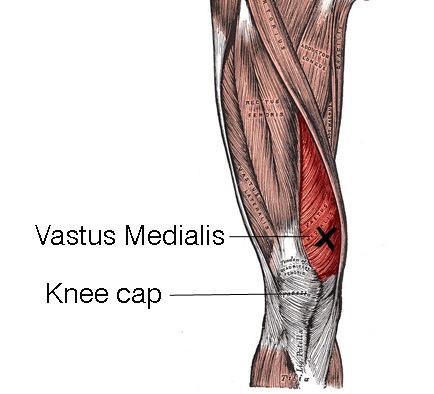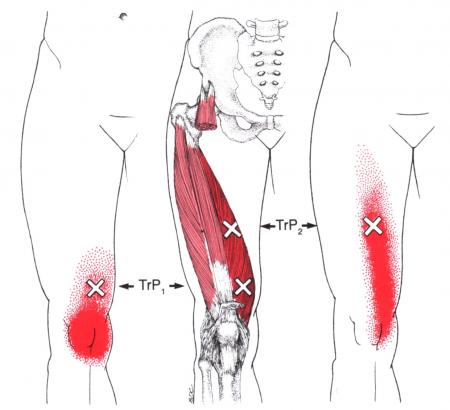Doing weights was once viewed as an activity carried out by gym junkies and Olympic weight lifters.
These days it’s become not only ‘in’ with the cool kids but highly recommended by medical professionals for the general population.
In distance running circles back in the good old days of marathoning it’s understandable to realise that lifting weights wasn’t highly popular among the elites.
And why would you as long distance runner, or any endurance athlete for that matter?
After all when it comes to specificity in training logic would say if you want to improve at running, just run more.
In addition doesn’t lifting weights give us bigger muscles which will end up becoming aerobically more expensive?
But as training research advances and evolves more and more elite and recreational distance runners are including specific resistance programs into their training.
The main reason is injury prevention.
This means more consistent uninterrupted training that is likely to produce improved performance in race times.
We can break the benefits of resistance training down even further:
Improved musculo-skeletal health and strength
Strengthening of the running muscles and improved bone health.
Improved running economy
More strength can mean less ground contact time and enhanced “pop” from each foot strike.
Hormonal change (maximise anabolic response)
When the majority of your training time is spent completing extended periods aerobic exercise the body can enter catabolism “destructive metabolism”.
This can have detrimental effects on your overall health.
To reduce periods of extended catabolic states, an appropriate resistance training programme can be prescribed.
Combined with a healthy balanced diet will more than likely induce anabolism “constructive metabolism”.
So never fear stacking on excessive muscle mass from a couple of strength session per week.
Hypertrophy (enlarging of tissue) should only occur after specifically programmed sessions where this is the desired outcome.
But in the right dose, its likely strength gains will occur without excessive gains in lean mass.
Some examples of how strength training has helped runners…
Sir Mo Farahs (Multiple Olympic Gold medalist) ex coach Alberto Salazar running strength information:
https://www.flotrack.org/articles/5034678-to-make-it-to-the-next-level-strength-training-is-a-must
Steve Moneghettis Biography Page 255 “In the long run” describes his weekly mileage daily breakdown plus his body weight strength circuit including push ups , sit ups , dips, chin ups ,leg raises etc.
If you’re unsure of how to structure resistance exercise into your program contact myself or another trusted athletics Australia distance running coach , strength and conditioning coach or personal trainer that you trust to help with your running goals.
Sam Hicks is owner for 4 Running, an Adelaide based Running Coach and Personal Trainer.
4runners was founded by Sam Hicks in 2015.
As a level 2-advanced distance running coach and personal trainer, Sam himself is proof the systems that he use work.
“The methods I use are simple to understand, but not all are easy to execute”
Training for a distance running event can be overwhelming, leaving it hard to know where to begin.
4runners has been developed to remove the stress of knowing what to do in your program and when to do it.
Sam coaches long distance runners of all age groups, abilities using online correspondence to track your progress week by week. He tailors all the programs himself and monitors how the athlete responds to them.
Whether you’re a young novice 1500m track runner or a veteran marathoner, 4runners will cater for the individual.
“These systems are not new, flash or easy. They’ve been around since the 50’s. I’ve got so much confidence in them as I’ve experienced the results they produce.”
For more information, please contact Sam via this link.
























































